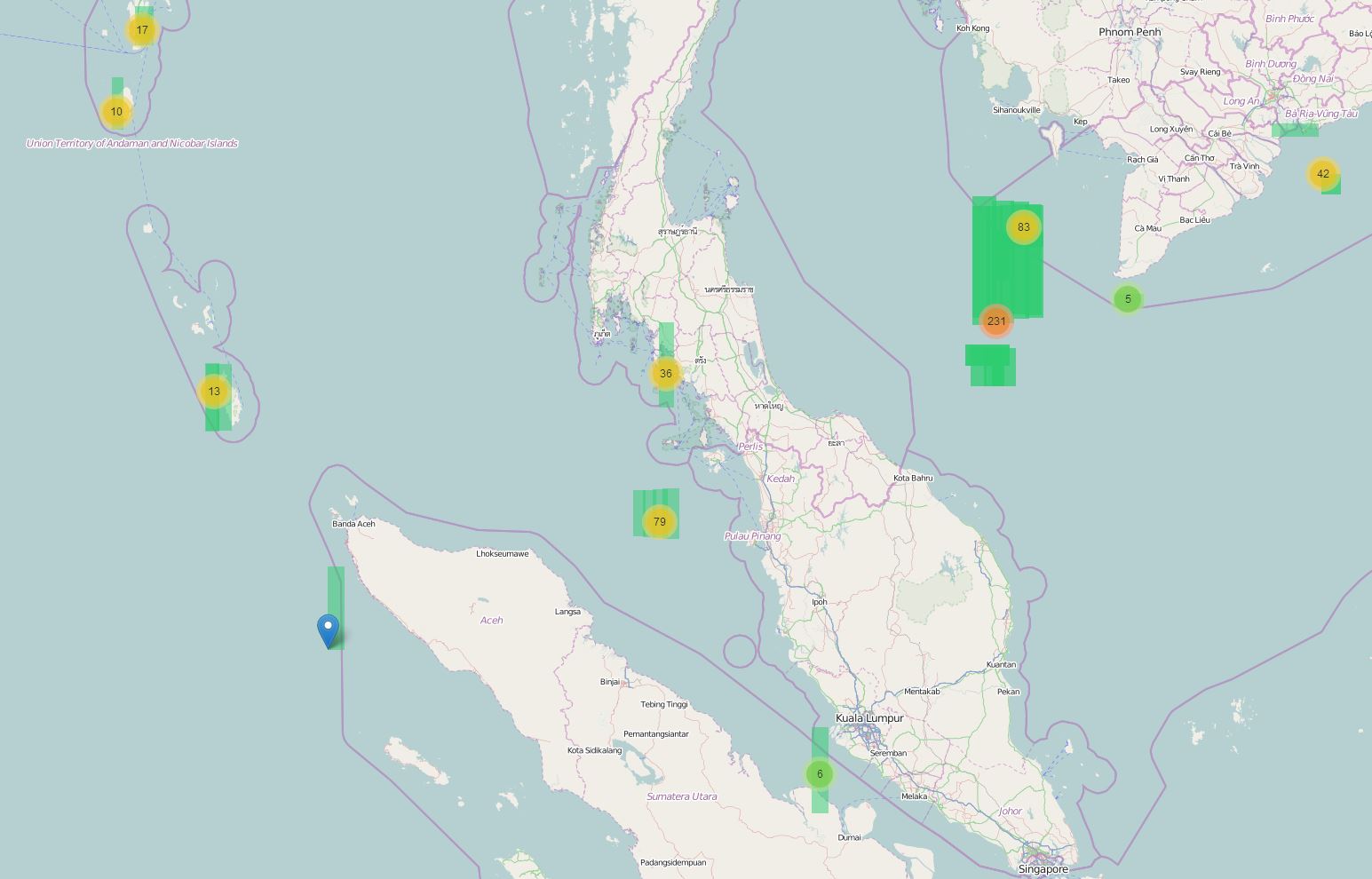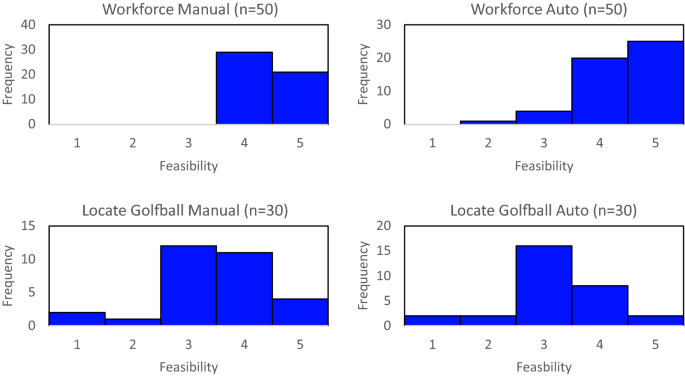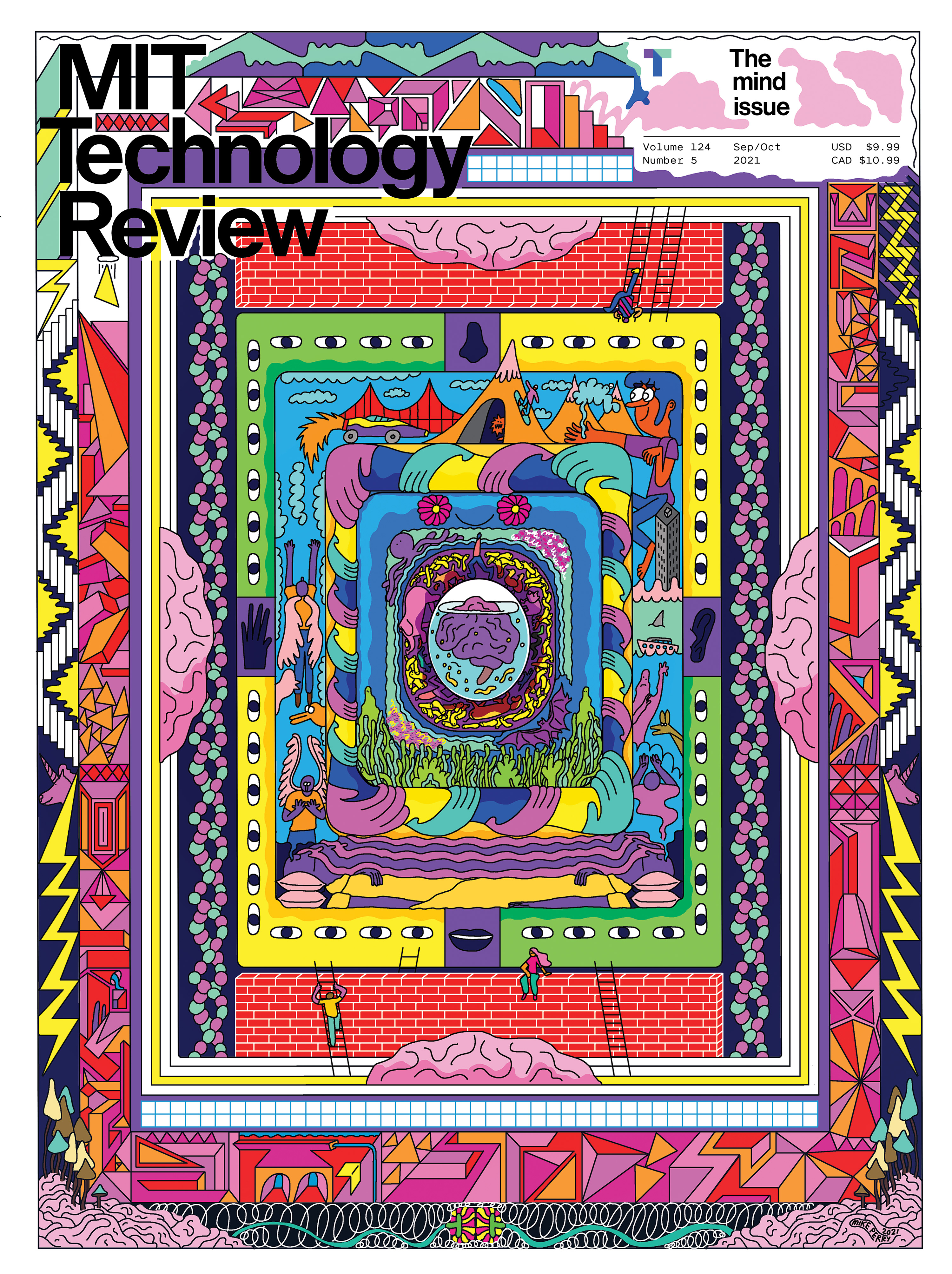
= (1) Suitability as introductory text, targeted at researchers, PhD students, or practitioners, to get started on the covered topic. Also Section 7, where as a reader I was expecting to see the author’s point of view, I actually found a list of discussions and analyses of others, which the authors resumed. The authors only express their criticism, but they do not provide insights that can lead the readers to broaden their understanding of the domain and perform further research. For instance, in Section 3, the authors did a tremendous effort in analysing the state-of-the-art, but where is the synthesis? What do they know now that they did not know before? Can they tell the reader something that was not stated before analysed just a fraction of the papers? The same applies to Section 4 and 5, the work is massive but light weight. I recommend the authors to take the opportunity to tell the readers what *they* have learnt by pulling together all this material. If a reader is aware of the state-of-the-art this paper has almost no value because it lacks insight. Only readers, who want to check out a large number of short resumes of existing works, will find some value in this survey.

However, I’m not satisfied by the result. The authors collected a large majority of the article published in the last 5-7 years in the Semantic Web area that uses Human Computation and Crowdsourcing techniques. The coverage of the state-of-the-art is adequate to a survey. The paper presents a survey on solution that originates from the contamination of Human Computation, Crowdsourcing and Semantic Web. In conclusion, we discuss several key outstanding challenges and propose some open research directions.Īnonymous submitted on 17/Jul/2015 Suggestion: Major Revision We present a comprehensive view of the promises and challenges offered by the successful synergy of semantic web and human computation. As a secondary contribution we also analyze existing research efforts through which the human computation domain has been better served with the use of semantic technologies. We provide a 'collective intelligence genome' adapted for the semantic web as means to analyze the threads of composing semantic web applications using human computation methods.

We present an in-depth analysis of the need for human computation in semantic web tasks such as ontology engineering and linked data management. As the primary focus, we analyze how the semantic web domain has adopted the dimensions of human computation to solve the inherent problems.

We adopt a two fold approach towards understanding this intersection. In this paper, we present a comprehensive survey of the intersection of semantic web and the human computation paradigm. Realizing the potential that human computation, collective intelligence and the fields of the like such as crowdsourcing and social computation have offered, semantic web researchers have effectively taken up the synergy to solve the bottlenecks of human experts and the needed human contribution in the semantic web development processes. Researchers have recognized the need for human intelligence in the process of semantic content creation and analytics, which forms the backbone of any semantic application.

Challenges associated with large-scale adoption of semantic web technologies continue to confront the researchers in the field.


 0 kommentar(er)
0 kommentar(er)
